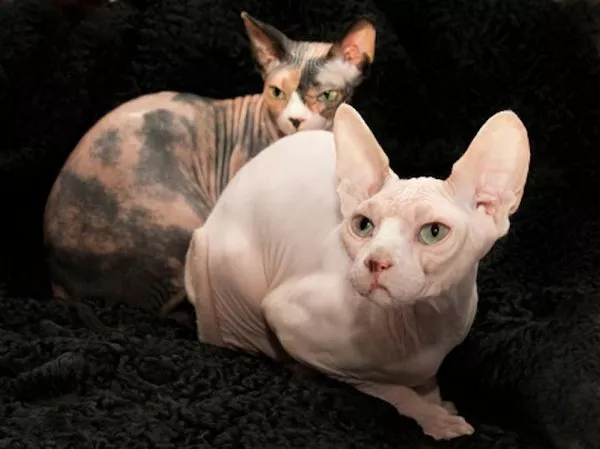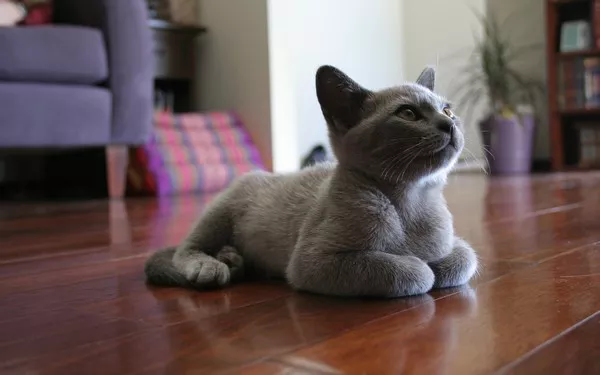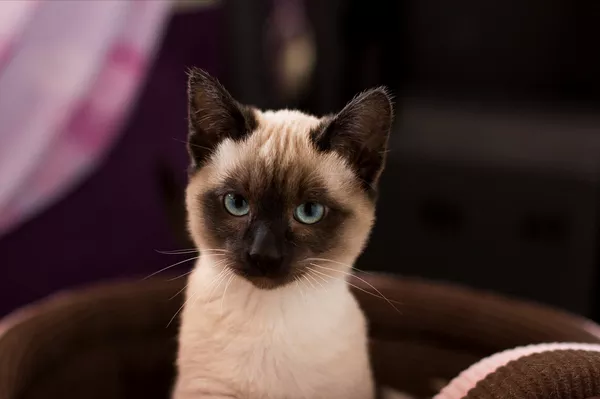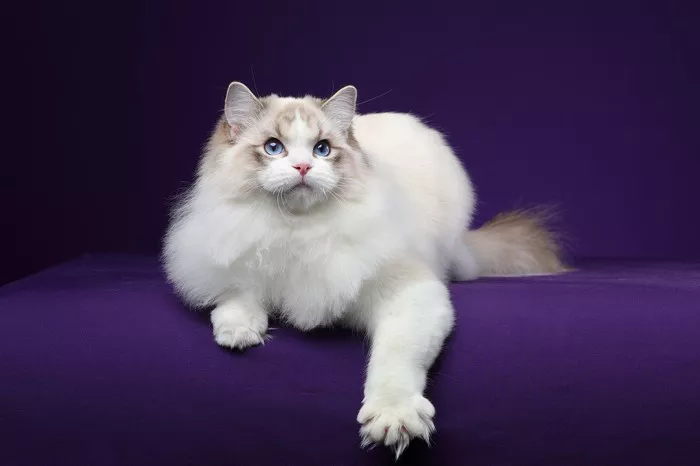Adopting a hairless cat, such as the Sphynx or Peterbald breed, can be an exciting and unique experience for cat enthusiasts. Their distinctive appearance and charming personalities make them captivating companions. However, owning a hairless cat comes with its own set of considerations and challenges. In this comprehensive guide, we will explore the special factors to keep in mind when adopting and caring for a hairless cat, ensuring a happy and healthy life for your feline friend.
Understanding the Breed
Before bringing a hairless cat into your home, it’s essential to understand the specific traits and characteristics of the breed you choose. The two most popular hairless cat breeds are the Sphynx and the Peterbald:
1. Sphynx: Sphynx cats are known for their completely hairless bodies, large ears, and wrinkled skin. They have a friendly and sociable nature and are highly interactive with their owners.
2. Peterbald: Peterbald cats come in various coat types, including completely hairless, partially coated, and brush coat. They are known for their sleek, slender bodies and are often described as elegant and graceful.
Grooming and Skin Care
Hairless cats require special attention to their skin and grooming needs:
1. Bathing: Hairless cats lack the fur that helps other cats distribute skin oils and remove debris. As a result, they need regular baths to keep their skin clean. Use a gentle, hypoallergenic cat shampoo, and consult with your veterinarian about the appropriate bathing frequency.
2. Sun Protection: Hairless cats are more susceptible to sunburn, so it’s crucial to provide them with sun protection when they are outdoors. Use cat-safe sunscreen or provide shaded areas for them to enjoy.
3. Moisturizing: Hairless cat skin can become dry, so using a cat-safe, fragrance-free moisturizer can help keep their skin soft and hydrated.
4. Temperature Control: Hairless cats are sensitive to temperature changes. Ensure your home is comfortably warm, and provide cozy bedding to prevent them from getting cold.
Nutrition and Diet
A well-balanced diet is essential for your hairless cat’s health:
1. Specialized Diets: Hairless cats may have higher metabolic rates and nutritional needs, so consult with your veterinarian to choose the right cat food. Some hairless cats may require specialized diets to maintain their health.
2. Hydration: Ensure your cat has access to fresh, clean water at all times to prevent dehydration.
3. Portion Control: Hairless cats can be prone to weight gain, so monitor their portion sizes and avoid overfeeding.
4. Dental Care: Due to their lack of fur, dental issues can be more common in hairless cats. Regular dental care, including teeth cleaning, is crucial to maintain their oral health.
Environmental Considerations
Creating a comfortable and safe environment for your hairless cat is essential:
1. Temperature Control: Maintain a comfortable temperature in your home, as hairless cats are sensitive to both cold and heat.
2. Sunbathing Opportunities: Hairless cats enjoy basking in the sun. Provide sunny spots for them to lounge in but ensure they have access to shade to prevent sunburn.
3. Scratching Posts: Hairless cats need scratching posts to satisfy their natural urge to scratch and keep their claws healthy.
4. Litter Box: Keep the litter box clean, as hairless cats are meticulous about their hygiene.
Health Considerations
Regular veterinary care is vital to ensure the health and well-being of your hairless cat:
1. Vaccinations: Keep up with vaccinations and regular check-ups to prevent common feline diseases.
2. Parasite Control: Protect your cat from fleas, ticks, and intestinal parasites with appropriate preventative measures.
3. Routine Check-ups: Regular veterinary visits will help identify and address any health concerns early on, especially given the breed’s susceptibility to certain conditions.
4. Allergies: Hairless cats may be more prone to skin allergies or sensitivities, so be vigilant about any signs of skin irritation or allergies and consult with your veterinarian.
Socialization and Enrichment
Hairless cats are known for their friendly and social nature:
1. Playtime: Provide plenty of interactive toys and playtime to stimulate your cat both mentally and physically.
2. Social Interaction: Hairless cats enjoy human interaction and affection. Spend quality time with your cat, engage in conversation, and offer cuddles and attention.
3. Companionship: Consider adopting a second cat or providing opportunities for your hairless cat to interact with other friendly pets. They often enjoy the companionship of other animals.
Allergenic Considerations
Hairless cats, while often considered by some as a potential solution for cat allergies, are not guaranteed to be hypoallergenic. Allergic reactions can vary among individuals, and some may still experience allergies due to allergenic proteins found in the cat’s skin and saliva.
1. Allergen Management: Be prepared to manage allergies by regular cleaning, using air purifiers, and discussing allergy treatments with a healthcare professional.
2. Interaction and Sensitivity: Spend time with a hairless cat before adopting to gauge your level of sensitivity and potential allergic reactions.
In conclusion, owninga hairless cat can be a rewarding and unique experience, but it requires careful attention to their grooming, nutritional, and environmental needs. Special considerations for temperature control, sun protection, and health checks are essential to ensure their well-being. While hairless cats may be less allergenic for some individuals, it’s crucial to remember that no cat breed is entirely hypoallergenic. With proper care and attention, hairless cats can thrive and become beloved members of your family, bringing joy and companionship for years to come.

























